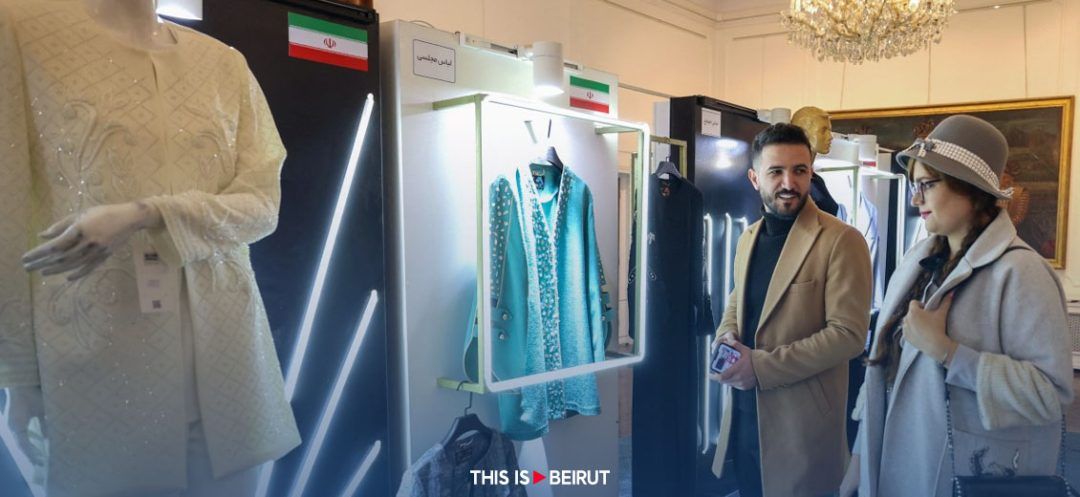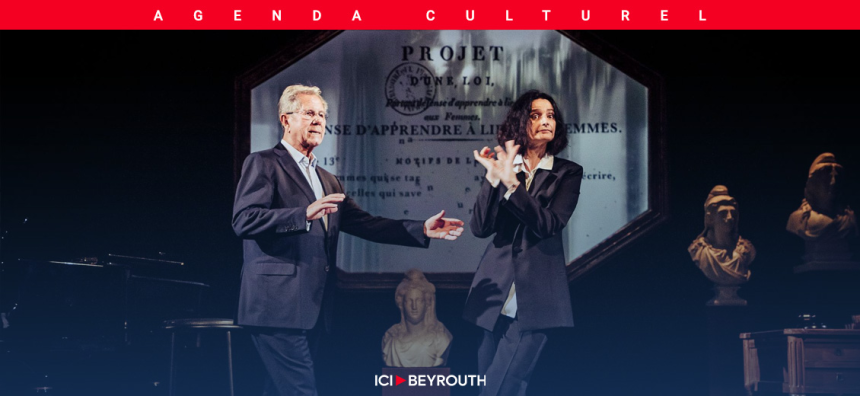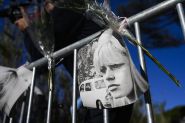
In Iran, a vibrant challenge is sweeping through the fashion industry. Designers are trying to find balance between the traditionally dark attire and a burst of bright colors while navigating the stringent dress code for women.
Post-1979 revolution, Iran imposed a rigid dress code on women, mandating loose-fitting garments covering the head and neck. But many women, especially when stepping out, have traditionally donned head-to-toe black chadors. However, a recent shift has seen Iranian designers incorporating more vivid hues into their collections. "As a young woman, I choose clothes with a modern design and bright colors," 22-year-old designer Hadis Hassanlou shared with AFP at a fashion exhibition in Tehran's historic Saadabad Palace.
At the exhibition, which showcased around 50 garments, the range was eclectic, spanning from traditional black chadors to long floral-patterned dresses and fitted waist coats. "When designing, I first take society's norms and rules into consideration," designer Sanaz Sarparasti remarked, highlighting her efforts to align with the evolving preferences of young Iranian women who "want to be freer, more modern and more up-to-date in how and what they wear."
The stringent dress code became a focal point of national debate following the protests sparked by the September 2022 custody death of 22-year-old Iranian Kurd, Mahsa Amini, who was detained for allegedly breaching the dress code. The protests saw many women discarding or even burning their headscarves, leading to a harsh response from authorities. Designers acknowledge the complexity of integrating brighter colors into fashion, as societal norms and regulations often lean towards darker shades. "We still need to produce them as well," designer Afshin Parsaee admitted, referring to the ongoing preference for darker colors among many Iranian women. Government-employed women are mandated to wear dark, long Islamic uniforms, including a hijab covering the head and neck.
Culture Minister Mohammad Esmaili emphasized clothing as "the most important cultural symbol of any civilization," praising the "modest" nature of Islamic clothing in Iran. Hassanlou, blending colors with traditional Iranian calligraphy, aims to create designs that are "modern and colorful, even while following calligraphic tradition" stemming from a rich Persian fashion heritage. Some designers, like Hadis Pazouki, head of the country's national fashion, clothing and lifestyle foundation, aspire to showcase their work in major fashion capitals. "We've put on the agenda promoting Persian clothing fashion week in Paris, Milan and London," Pazouki stated, believing that "exquisite Persian clothes can be worn by anyone, not only Iranians." For 19-year-old fashion exhibition visitor Fatemeh Fazeli, the transition to brighter colors is a refreshing change. "I can never wear a dark-colored headscarf ... except at funerals," she expressed. "When you wear bright colors your mood changes and you feel better," encapsulating the transformative power of color in fashion amid Iran's complex social and cultural landscape.
With AFP
Read more




Comments